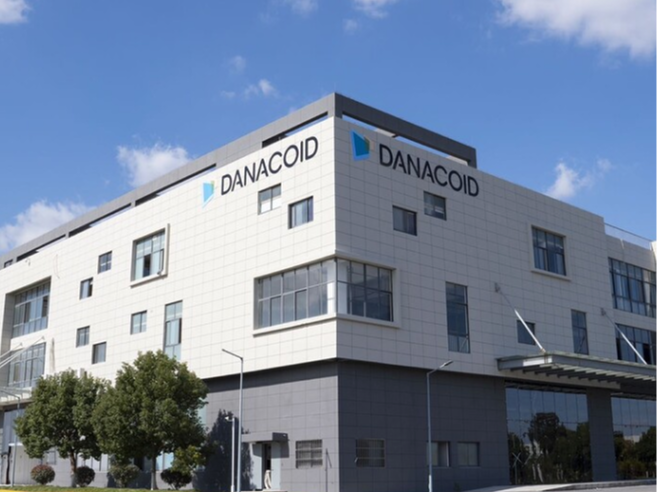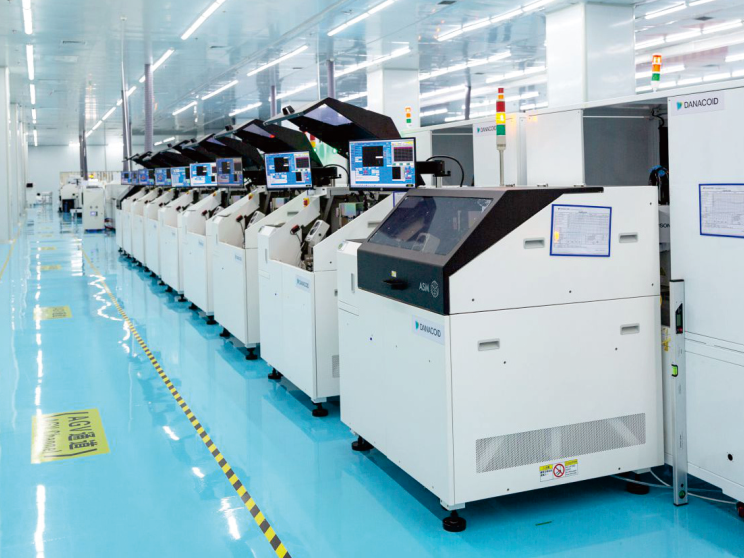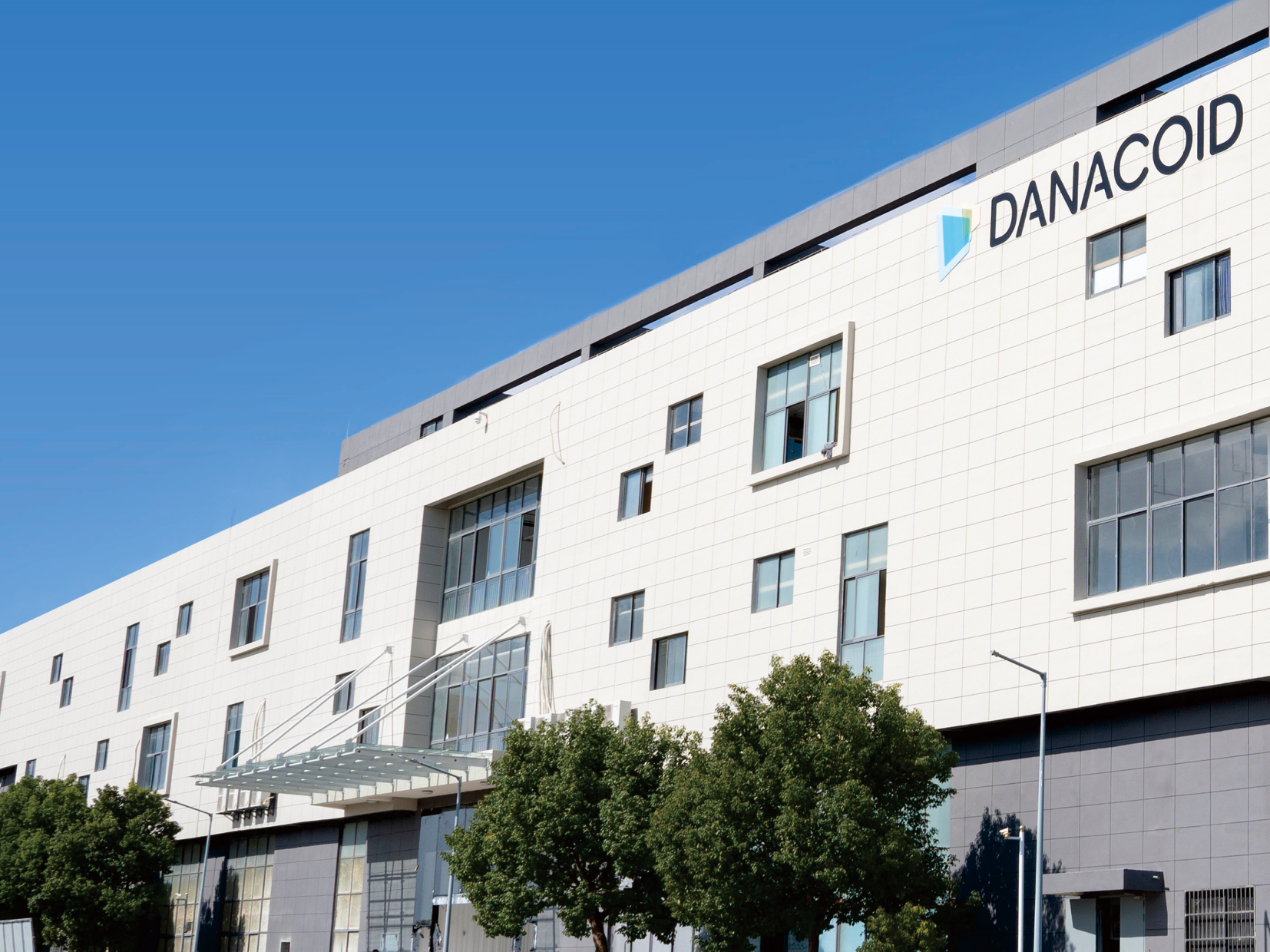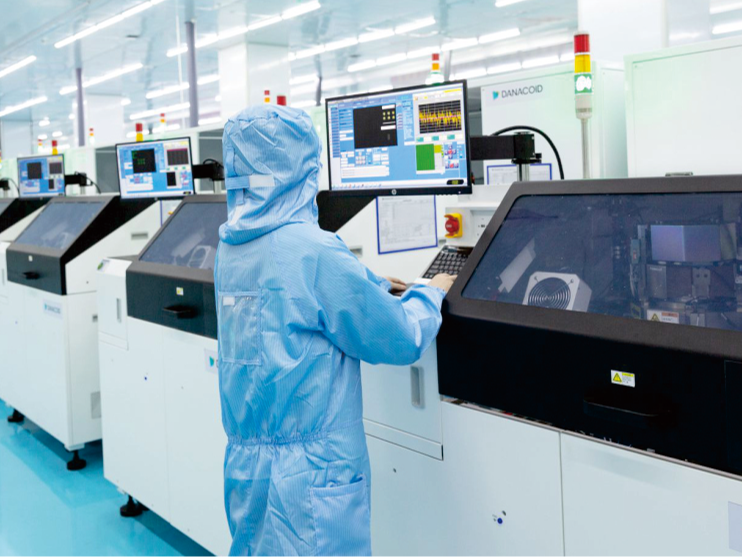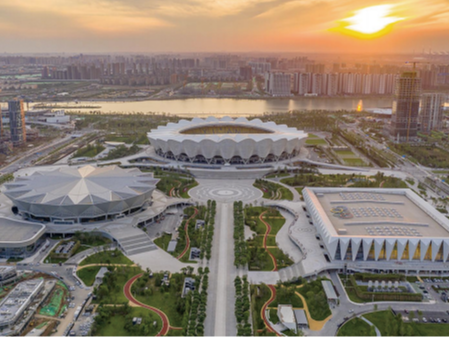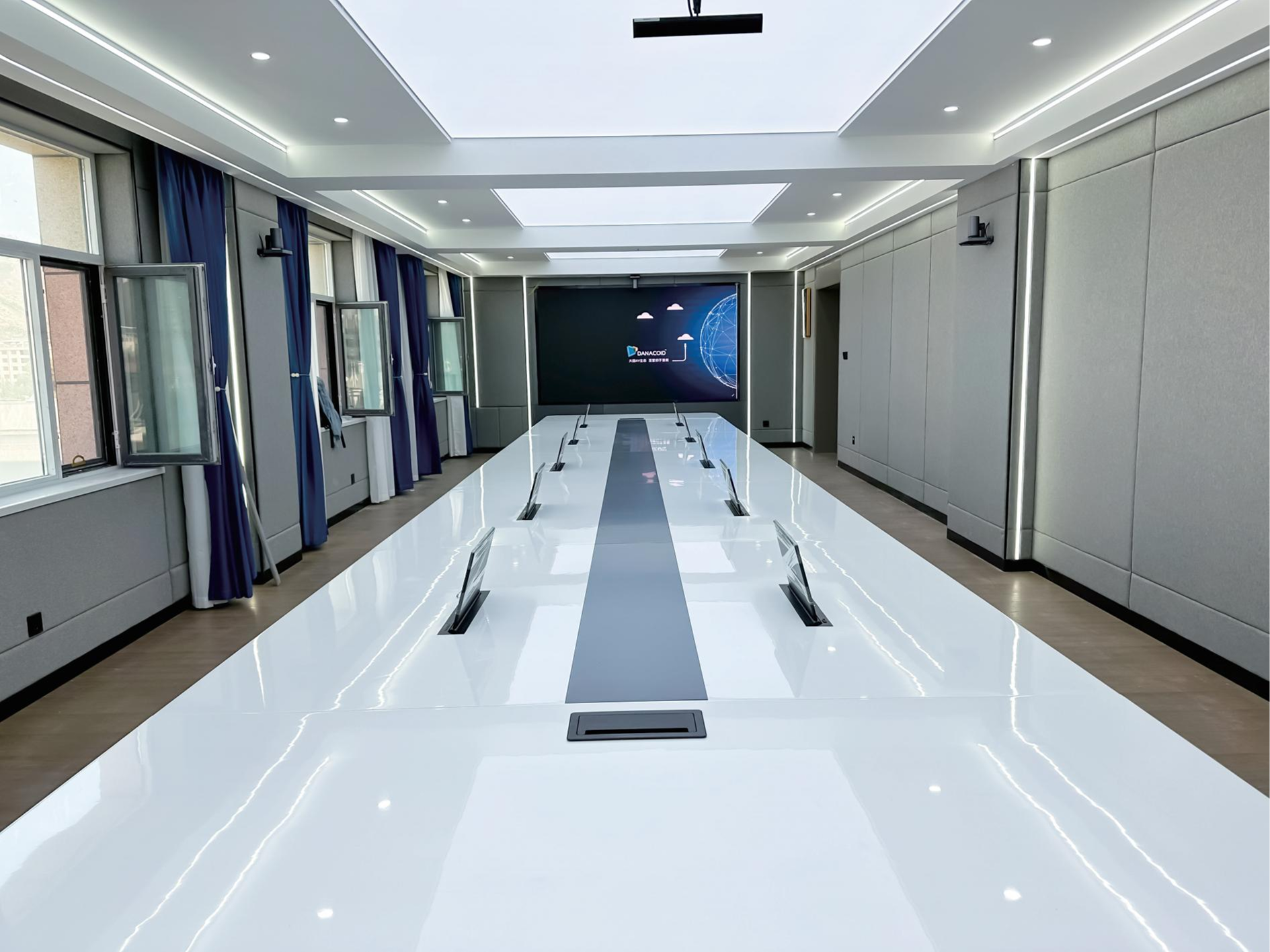Ultra-tynn design og portabilitet
Optimal tykkelse for romeffektivitet
Ultratynne LED-skjermer. Den beste tykkelsen er vanligvis mellom 5mm og 10mm, det kan installeres direkte i heis, eller henges på vegg. Denne lave profilen er avgjørende for kompakt design, for å minimere systemstørrelsen, spesielt i kommersielle anvendelser hvor plass er begrenset, som i en handelsmiljø eller et bedriftskontor. Ifølge statistikk kan bruk av ultratynne skjermer gi en plassbesparelse på opp til 30% sammenlignet med estimert plass ved bruk av konvensjonelle skjermer, noe som gir mer plass tilgjengelig for produkter eller klart synlig kundetrafikk. Dens ultratynne formfaktor er et perfekt valg for enkel veggmontering eller integrasjon med andre enheter. Ved å redusere utstrekningen fra vegger og fikseringer, integrerer XTRIM fleksible LED-skjermer smertefritt med omgivelsene og forbedrer følelsen i rommet.
Lettvektig konstruksjon for enkel installasjon
Ultratynne LED-skjermer er også kjennetegnet ved sin lettvægtige struktur, noe som gjør det enkelt å installere og tar mindre tid, noe som dermed reduserer installasjonskostnadene. Disse utstillingsformer bruker gjerne høyteknologimaterialer som for eksempel karbonfiber eller aluminiumscomposite, noe som betydelig reduserer vekten i forhold til andre utstillinger. Denne reduksjonen lar installatører sette opp raskt, noe som reduserer arbeidskostnader og tid. For eksempel så viste en nylig studie av en ultratynn LED-løsning på et stort arrangement at installasjonstidene ble redusert med 50%. Denne portabiliteten er spesielt nyttig for arrangører av arrangementer og midlertidige utstillinger, noe som betyr at skjermer kan brukes på ulike steder og under ulike forhold. Disse skjermene er spesielt enkle å jobbe med, hvilket tillater rask oppsett-konfigurasjonsendring og enkle presentasjoner på gård.
Innenfor rammen av deres ultra-tynne, lettvægtige design oppnår LED-skjermer ikke bare estetisk attraktivitet, men de uttrykker også praktisk verdi i installasjons- og driftsflexibilitet. Ved å forstå disse kjerneegenskapene, kan industriprofesjonelle utnytte fordelsene ultratynne skjermer gir i ulike rom og situasjoner.
Visingkvalitet og oppløysing
Høy pikseltetthet for skarpe bilder
Pixelavstand er avgjørende for å forbedre kvaliteten på LED-skjerm, det bestemmer tydeligheten og skarpheten på bilder, og er særlig viktig for detailhandel og reklameområder. Høyere oppløsning betyr at skjermene kan vise flere detaljer, som bidrar til klarere og mer realistiske bilder som sikkert vil tiltrække potensielle kunder. En mikro-LED-skjerm med pikeldensitet høyere enn 5000 piksler per tomme (ppi), for eksempel, kan produsere meget lysstærke, realistisk utseende visuelle bilder, som kan være nyttige i høy ytelsesrettede detailhandelsskilt eller showromvisninger. Det er godt kjent fra andre forskninger at skjermer med høyere pikeldensitet vanligvis hjelper til å øke brukerengasjement og tilfredshet, siden en skjerm med skarpere og mer realistiske bilder alltid foretrekkes av brukere.
Fargegenhet og HDR-kompatibilitet
Fargegenhet spiller en avgjørende rolle for ultratynne LED-skjermer, noe som har stor innvirkning på merkevarebildet og oppfatningen av publikum. Dessuten kan den korrekte visningen av farger på overflaten bestemme om et bedrift (spesielt i detailhandelen) kan få mennesker til å bli begeistret for det de produserer eller ikke. Introduksjonen av HDR-utviklingen (High Dynamic Range), som gir skjermer med signal som kan inneholde bredere fargegamutt og høyere kontrastforhold, møter godt opp mot folkenes krav til den nye visuelle tiden. De industrielle standardene, representert av CIE1931-fargeområde, er det minste kravet for ultratynne LED-skjermer for å oppnå fargeenhetsnivået. LED-skjermeres evige visuelt fremragende prestasjoner Med støtte for HDR gir den høye pikseldensiteten til en LED-skjerm kapasiteten til å vise blændende, sanne bilder som er nødvendige for dagens skjermteknologi.
Energiforbruk og lysstyrke
Lav strømforbruk funksjoner
De tyne LED-skjermene tar markedet storm akkurat nå med deres lave strømforbruk og anses som fremtiden for bærekraftighet for selskaper som søker å redusere kostnadene. En del av disse monitorene er sertifisert Energy Star, noe som indikerer at de er høygrads effektive når det gjelder å spare på elektrisitet. Å bytte fra vanlige skilt-systemer til LED-systemer kan hjelpe deg med å redusere lyskostnadene dine betydelig. Studier viser at bedrifter kan redusere sitt strømforbruk opp til 30% ved å oppgradere til energieffektiv LED-teknologi. De miljømessige fordelen er også betydelige, siden slike skjermer fører til en reduksjon i karbonfotavtrykk og er en viktig bidragyter til en mer bærekraftig verden. Bruk av LED-skjermer hjelper også bedrifter med å bli mer miljøvennlig, noe som blir stadig viktigere i dagens marked, og tillater en gunstig ROI gjennom lavere driftskostnader.
Justerbart lysstyrke for ulike miljøer
Justering av lysstyrke for ultratynn LED-skjerm avgjør en bedre synlighet under forskjellige belysningsforhold. Denne evnen er nyttig både for godt belyste innendørs og utendørs scener. For eksempel kan en detailhandelsrom og en handelsshow dra nytte av justerbart lys for å tilby klare, bright skjermer, uavhengig av omgivende belysning. Kunde anmeldelser og tilfredshetsvurderinger bekrefter verdien av denne funksjonen, da mange velger ultratynne LED-skjermer for deres bekvemmelighet og konsekvent bruk. Disse skjermene gir en mye bedre visningsopplevelse ved å tilby justerbart lys, noe som gjør dem perfekte for bedre engasjement og synlighet uansett hvor de plasseres.
Varighetsgrad og kobling
Robust konstruksjon for langtidsbruk
Avanserte materialer og byggemetoder sørger for at de ultratynne LED-skjermene er varige og robuste. Slike visere lages vanligvis av støt aluminiumskastingshylle, som er sterkt, men likevel lettvintert i sin natur. Dette gir den varigheten og beskyttelsen du trenger når du er i rough og ekstreme arbeids-, leir- eller andre utendørs- og industrielle miljøer. For transport- og vertshusapplikasjoner (der skjermer brukes uavbrutt, ofte i ruffe tilstander), er varigheten på disse materialene avgjørende. Statistikk om bransjens langleve og bruk betyr at tynne LED-visere vanligvis har garanti på opp til 3 år, noe som understreker hvor pålitelige de er. De har blitt dypt innført med suksess i høy bruksmiljøer som flyplasser & hoteller, noe som er bevis på deres styrke.
HDMI/USB-C-porter og smarte kontrollmuligheter
De nyeste ultratynne LED-skjermene inkluderer HDMI og USB-C-støtte, så brukere kan vise flere typer innhold fra dagens nyeste teknologi. Disse koblingsgrensesnittene sørger for at du enkelt kan koble til ulike enheter som gir videoinnput og smart kontrollalternativer. I tillegg gir den smarte teknologitrenden mulighet for å integrere slike skjermer med andre smarte enheter, noe som forbedrer funksjonalitet og nytteverdi. Ifølge markedet er folkenes etterspørsel etter kobling stor, og foredlingen av fleksible og enkle å bruke produkter er høy. pRODUKTER lED-skjermene med god koblingsmulighet gjør dem også perfekte for en rekke bruksområder, både i hjemmet og i næringslivet.
Ofte stilte spørsmål
Hva er fordelen med ultratynne LED-skjermer?
Ultrafinske LED-skjermer tilbyr flere fordeler, blant annet romeffektivitet grunnet deres minimale tykkelse, enkel installasjon takket være lettvint konstruksjon, høykvalitetsbilder med høy pikseltetthet, energieffektivitet gjennom lav strømforbruk og justerbar lysstyrke for ulike miljøer.
Hvordan påvirker pikseltetthet kvaliteten på LED-skjerm?
Høyere pikseltetthet forbedrer kvaliteten på LED-skjermer ved å forbedre skarpheten og klarheten på bildene, noe som er avgjørende for sektorer som detailhandel og reklame som avhenger sterkt av høyimpakt-bilder for å tiltrække kunder.
Hvorfor er energieffektivitet viktig for LED-skjermer?
Energi-effektivitet i LED-skjermer er viktig fordi den reduserer driftskostnadene, støtter bærekraftige virksomhetsstrategier ved å senke karbonfotavtrykk, og kan potensielt spare inntil 30 % på strømkostnadene i forhold til tradisjonelle skjermer.
Hvilke koblingsmuligheter tilbyr moderne ultrafinske LED-skjermer?
Moderne ultratynne LED-skjermer har ofte flere koblingsmuligheter, som for eksempel HDMI- og USB-C-porter. Disse gir fleksibilitet og enkel bruk, og lar brukere integrere skjermene smertefritt med en bred vifte av enheter og støtte for smart kontroll.




